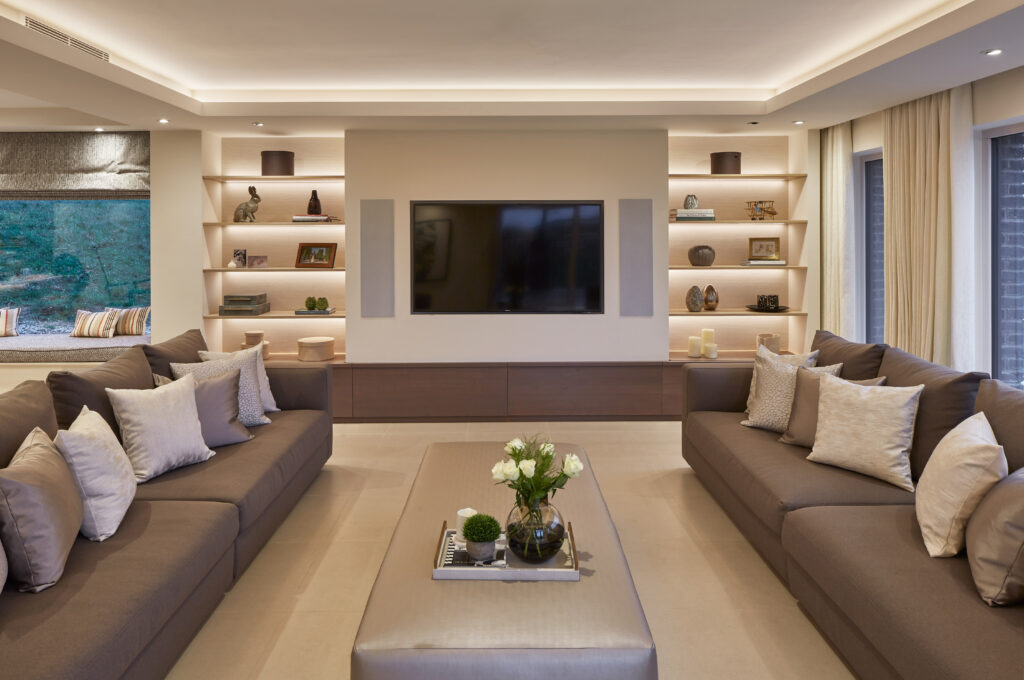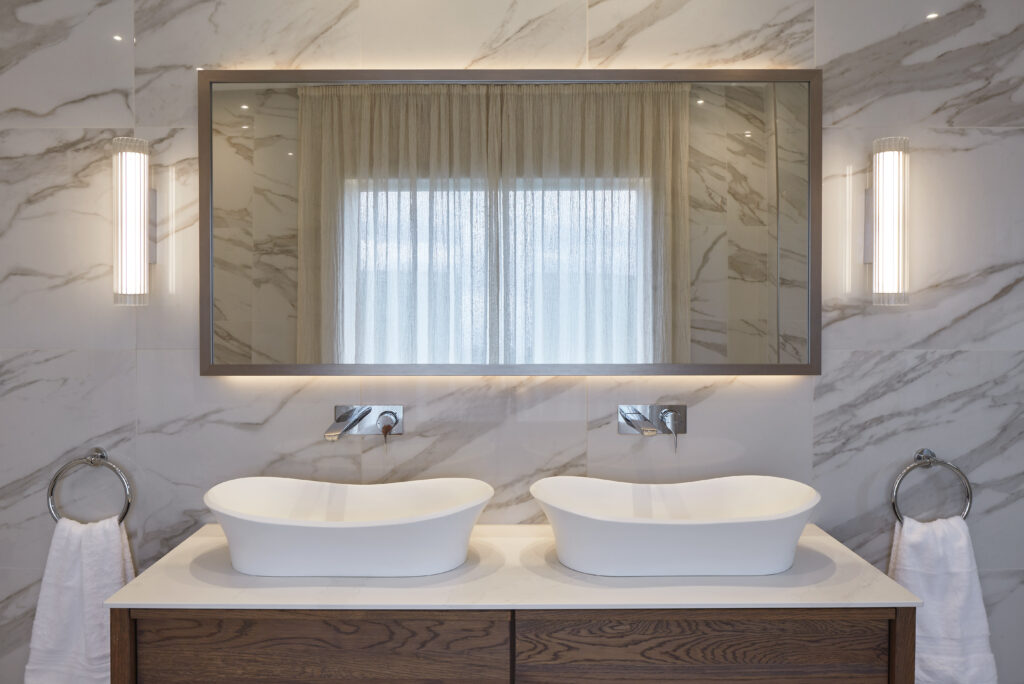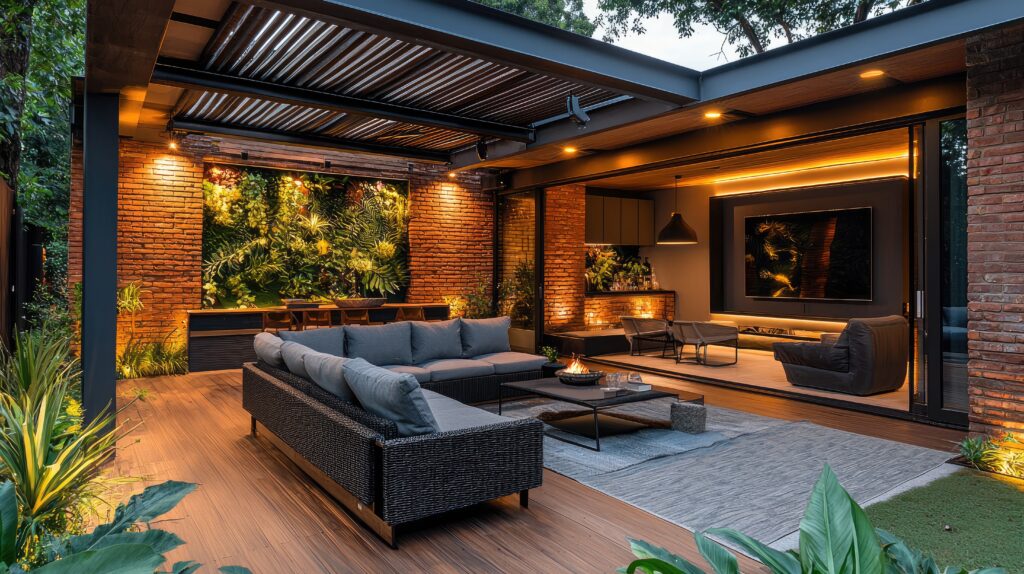Improving productivity and employee wellbeing
The eye is drawn to the brightest point in the room. This fact is both an advantage and disadvantage to an effective lighting design, regardless of application. This article will explain the concept of glare and Unified Glare Ratings (UGR) of lighting products.
Glare is generally something to avoid in any lighting design and is defined by a UGR value. The lower the UGR value, the better the glare is. Glare has a number of detrimental effects on the environment, as-well-as the people within. We will all experience the same effects of glare, whether we are at home or at work. Glare can make us feel tired, stressed and less productive, often without realising that it is the lighting that is making us feel that way.
There are a number of methods to reducing glare. A lot of effort is put into concealing the light sources, so that the focus is on the item being lit, rather than on the light itself. This is especially true in areas where the desire is to define the features of the space, such as interesting architecture, sculptures of artworks. At home, lighting should be planned carefully to work out the key objects to light, alongside the main purpose of the room. A considered plan can then be made to make the most of what lighting can provide.
Deploying more indirect lighting is another method that can be used to get the desired light levels and lit effects. Using Strip in coving, for example, is an opportunity to have the lit effect without seeing the light source. A layered lighting scheme is a classic opportunity to not only create depth to the area but eliminate discomfort.
Intelligent use of controls is also a consideration. Having dimmable products will allow for the intensity of the light to be altered, depending on the task at hand and general ambient conditions with natural light playing an important part.
On more standard commercial fittings, the material of the diffuser is a common tool deployed to impact the glare ratings. There are standards in place to recommend the appropriate UGR value for the task at hand.
– UGR <16 Technical Drawing.
– UGR <19 Reading, writing, training, meetings, PC based work.
– UGR <22 Craft and light industries.
There are a number of factors that determine glare. Software like Relux and Dialux are useful to plan out an environment and calculate the glare ratings of the product selection.



